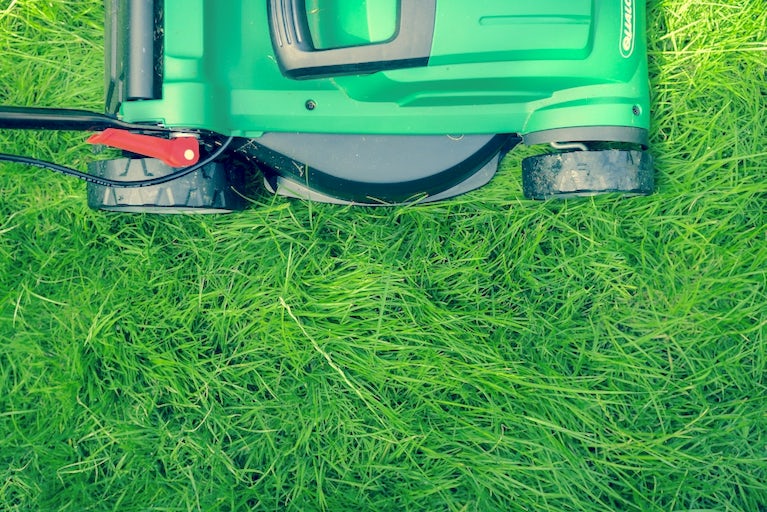We need to talk about our grass habit. Did you know that lawns are the most grown crop in the United States? Not corn. Not soybeans. Grass. What with the world’s exploding population, decline in arable land and endangered soil quality, the idea that the most-grown crop is something that doesn’t feed anyone—even animals—makes less and less sense the more you think about it.
And yet Americans especially put an enormous amount of money, resources, time and effort into maintaining lawns. According to the EPA, “of the 26 billion gallons of water consumed daily in the United States, approximately 7.8 billion gallons, or 30 percent, is devoted to outdoor uses. The majority of this is used for irrigation.” That means lawns. Yikes.
There are a lot of reasons why, and lawns are great in a lot of ways. They are a nice surface for people and pets to play on. Green spaces are great for mental health, property values and even crime prevention. But there are lots of ways to achieve these goals, and it might be time to think outside the lawn in order to be better stewards of the environment and our own, personal resources.
Here are some suggestions and resources to help you get started. There are lots of choices, so we focused on the best-smelling ones. Because if you’re going to make this change in your personal environment, it might as well smell fantastic.


